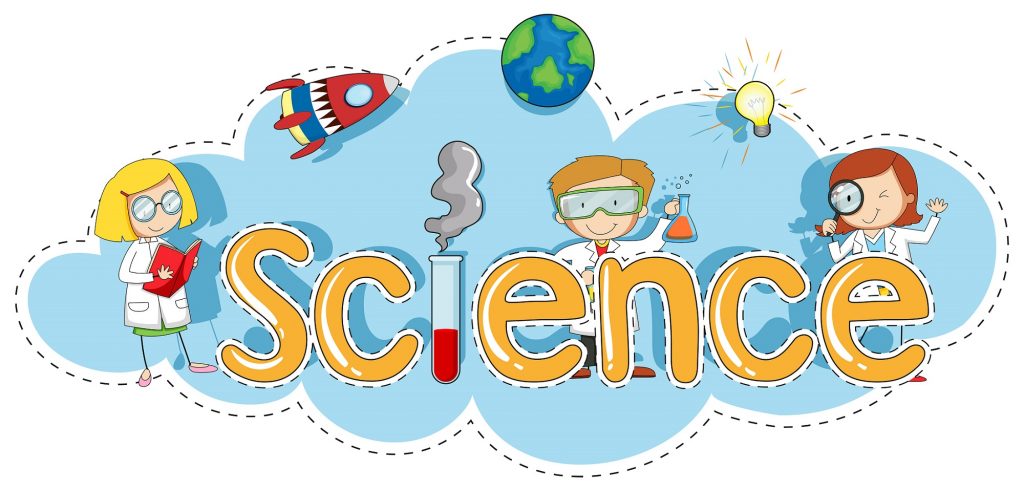
Why Is STEM Education So Important?
STEM Education is important because our world depends on it. The economy is backed by science, technology, engineering and math. STEM focuses on teaching skills and subjects in a way that resembles real life. Through STEM education, students learn facts and a method of thinking that can be applied to solve real world problems.
As an increasing number of people have realized the significance of STEM education, they have started to look for solutions that can better bring STEM education into every classroom. STEM education creates critical thinkers, increases science literacy and enables the next generation of innovators.
Innovation leads to new products and processes that sustain our economy. This innovation and science literacy depends on a solid knowledge base in the STEM areas. It is clear that most jobs of the future will require a basic understanding of math and science.
STEM education could take place in a separate STEM class or be incorporated into practically any subject and grade level. Of course science and math classes would be able to directly implement STEM related lessons. In a social studies class on learning about the industrial revolution, students can record about their thinking and research processes while designing a realistic bridge from a fictional novel.
Careers in STEM-related fields are vast and diverse. They obviously include careers in the pharmacy, energy, programming and engineering fields. However, STEM careers may also take the form of a physician’s assistant, network communications, agricultural professional, finance, risk analysis, and even athletic training. And, of course, teaching is an essential career that stimulates the STEM fields.
Glance around to perceive what enhancements to our lives and our homes have been designed in the most recent decade alone. We experience math at the supermarket, the bank, on tax documents, in managing speculations and the family spending plan. Each and every other STEM field relies upon mathematics. STEM is critical, on the grounds that it impacts each part of our lives.
Everyone needs STEM and here’s why :
1. Innovation boosts the economy
With the tech-boom currently, there’s a new gadget out every few hours and it’s hard to keep up with the trends. However, these trends help boost the economy and create jobs. We need skilled STEM experts to help develop the next successful antibiotic or cure for a disease.
US need engineers and developers to create the next new phone or a computer that learns faster than a human. We also need those math-savvy folks to help us understand big data, make sense of our economy, manage finances and explore space seamlessly.
2. Bridging the gender gap
The gender gap between the workforces in the largest tech companies only gets bigger as you move up the ladder towards leadership roles. Most believe that this gap is related to lack of opportunities available to girls to explore technology when they are younger and gender biases also play a role. However, this gap will slowly start to reduce as more STEM education opportunities are made available to girls around the world.
3. Talent pool
It is important for companies to have top talent to stay on top of the competition in their industries. And this pushes them to employ talent that will help them stay relevant now and in the future.
They need to have the best research and development teams, financial advisors, engineers, web and app developers and designers. Companies are now investing in STEM education programs all over the globe in hopes that they will be able to nurture the next generation of innovators.
4. STEM education creates other 21st century skills
Developing STEM skills will help children in any future skill they would want to pursue. As STEM learning enhances the expertise to take up research, investigate, look at multiple perspectives and make relevant connections.
5. Solve Real-World Problems
It encourages spatial reasoning, thinking, problem solving, and creativity. This helps students to look at problems from different angles and come up with unique solutions.
Here’s how you can develop a child’s interest in STEM :
The drive for discovery and exploration that early STEM education develops will serve a child throughout the life and help to adapt to a changing, tech-driven world. By encouraging a child’s interests and passions, adults help develop their abilities to be resilient to challenges, inquire about the world around them and creatively solve problems.
A few tips :
- Explore the great outdoors. Children love to explore and there are plenty of things to teach them about right in your garden. From grass to water, soil to rocks, there are plenty of natural materials they can learn about.
- Encourage children to ask “what” questions, such as “What happened here?” and “What have you changed?”
- Give children four ways to play. There are four different types of play that can help to boost a child’s science skills. These include pretend play, exploratory play, guided play and free play. Pretend play is when the child uses their imagination and exploratory play is when the child can experiment and take things apart. Guided play is when the adult interacts with children and free play is when an adult isn’t involved.
- Conduct fun experiments with children that children can’t do on their own. The good news is that they’re fun and simple to do together. Consider making a lava lamp, creating a leak-proof bag and even walking water.

